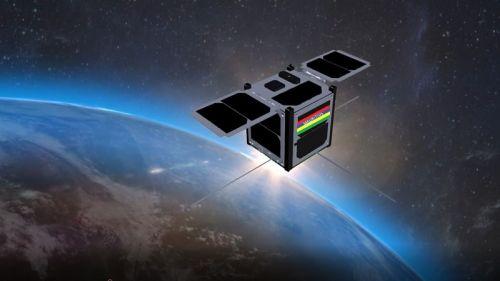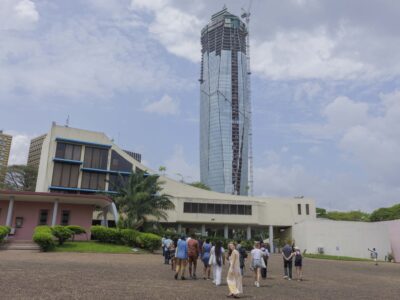
(Ecofin Agency) – On June 4, 2021, the very first Mauritian nanosatellite named MIR-SAT1 will be sent into space. The equipment has already been sent to the United States; to the Kennedy Space Center in Cape Canaveral, Florida. It is the fruit of a collaboration between three groups. The first is a team of experts from the Mauritius Research and Innovation Council (MRIC), under the auspices of the Ministry of Information Technology, Communication and Innovation. The second collaborator being the United Nations – through the Office for Outer Space Affairs (UNOOSA), and lastly the Japan Aerospace Exploration Agency (JAXA).
In an interview with RFI, the ICT Minister, Deepak Balgobin, said the upcoming launch of the nanosatellite is “a great step forward for Mauritius. MIR-SAT1 will enable us to obtain regular data on our exclusive economic zone, which is huge. We will also be able to have complementary meteorological data. Launching a nanosatellite will also provide opportunities for young people who want to get into space technologies.”
The MIR-SAT1 project was initiated in 2018 after the country was named winner of the 3rd edition of the KiboCube program for developing countries, initiated by UNOOSA in partnership with JAXA. Shipped to Japan last February, the equipment built in Scotland by ACC Clyde Space was initially to be launched in Tsukuba. Shipment to the International Space Station (ISS) will be handled by SpaceX.
Having its nanosatellite will enable Mauritius to collect a range of space data essential to its development, particularly in the fisheries and agriculture sectors. The equipment will also be an asset in disaster management. MRIC is currently finalizing the settings of the Ebene ground station equipment for data collection.
Muriel Edjo











Comments